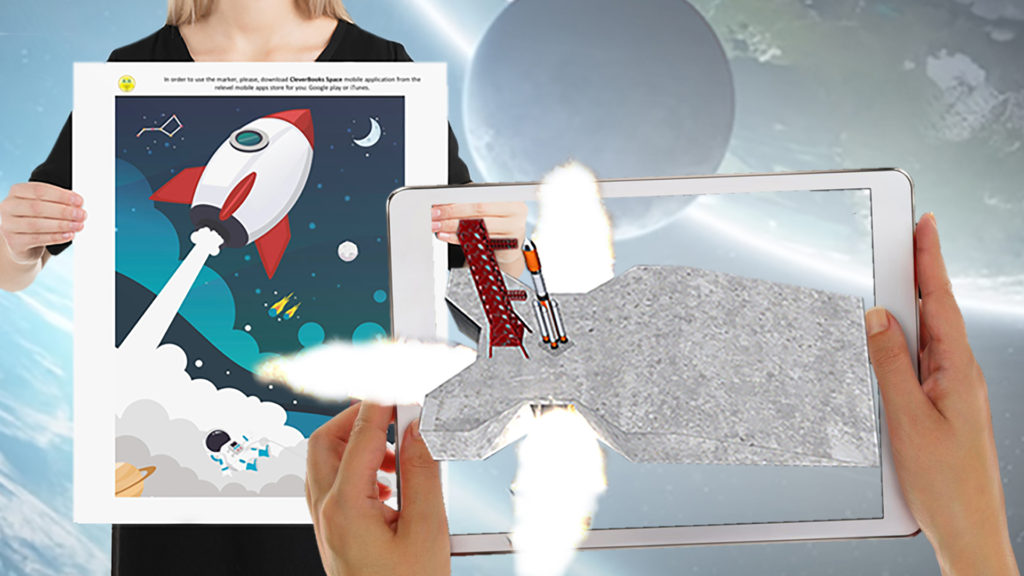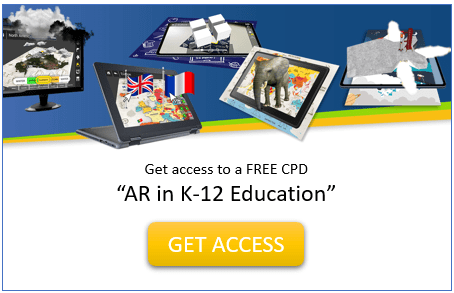Intro
When I think about education, I do not think of innovation immediately. I think of desks and paper and tests and assessments. I think about students not wanting to go to school and ones that are not living up to their potential because of the learning challenges they face, either physical, mental or environmental. For every student that I meet who is succeeding in school, I feel that there are another two behind them that is not.
So how do we change this? How do we make sure that every student is experiencing success? How do we make sure that students are not giving up on themselves and on their ability to learn? I think the main thing that we have to look at is that not every student learns the same way and not every student fits into a particular mold. And that’s a good thing! We don’t need a room of sameness in our classrooms. What we need are ways to encourage those students that are not having success with traditional learning methods.
Augmented Reality

This is when I think about the word innovation. Educators, in this time, have to be innovative in their lessons and in their teaching. They have to be on the lookout for ways to engage even the most reluctant student. They have to champion for those students who can’t or won’t do it for themselves. For me, this innovative thinking has come in the form of augmented reality.
Augmented Reality sounded really complicated to me when I first began this journey but what I realized is, it’s not. And more importantly than that, it’s what our students are already using. Students are already playing games on their video game devices or downloading apps on their phone that allow them into the world of augmented reality. Inserting it into their school day allows them to feel comfortable and builds their interest in what the lesson is trying to achieve.
The WHY
Augmented reality helps engage those students that are tuning our voices out or who are not understanding what is being explained. Augmented Realty is targeting the visual as well as the auditory and kinesthetic learner. Students are experiencing objects, places, and events come to life before their eyes and they can explore all aspects in a 3D setting. Usually when I use augmented reality, students are in a small group setting with a device so they are in charge of their own learning. Giving students control, when they feel so out of control in school, is empowering. They become more engaged and in turn they become active learners.
Conclusion
Augmented reality has done so much for my middle school students. I am excited to expand the learning throughout my district of 11 buildings. My hope is that other educators are able to acquire the resources that are needed to help make their classrooms or libraries innovative.
Susan Sclafani has been a Library Media Specialist for the Patchogue-Medford School District for the past 18 years. She has 10 years experience in a grade K-5 building and has spent the last 8 years in a grade 6-8 building. Susan’s philosophy is that libraries should not focus on being a quiet place to study and read but they should be a welcoming place where students can share, explore and learn together. Her involvement with Augmented Reality began in 2018 and fits right in with this ideology. You can find more information about what Susan has been able to accomplish with her students on her blog and webpage, mylibraryisnotquiet.org.

